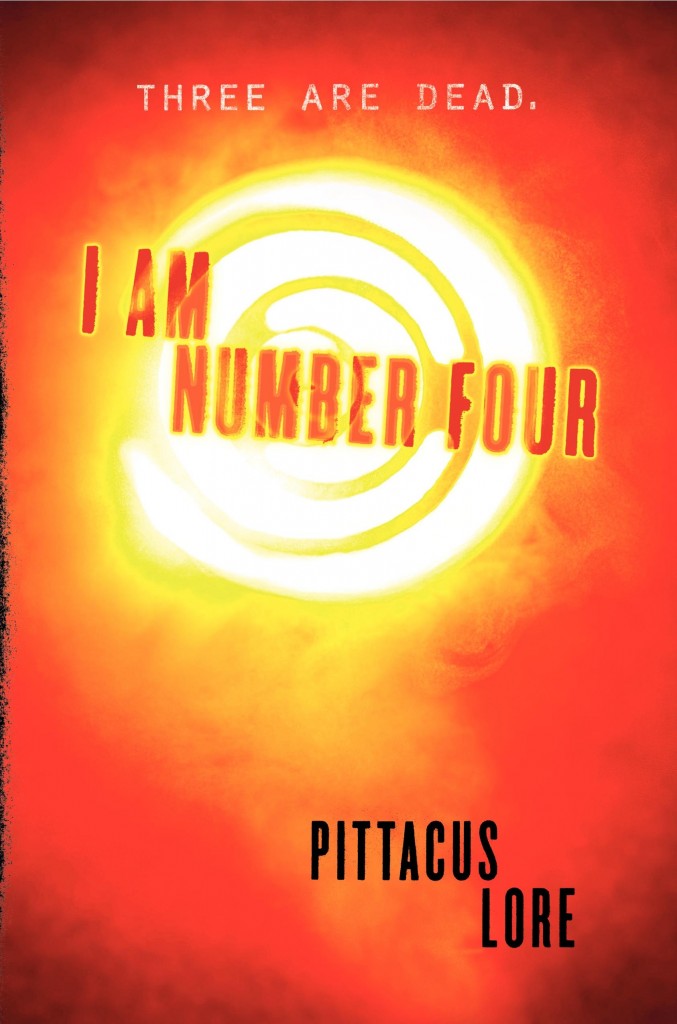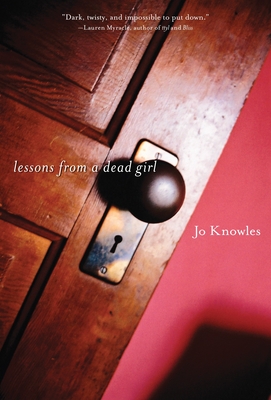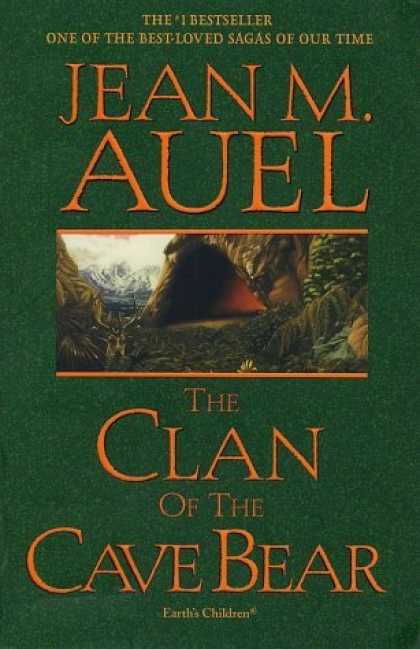The Perks of Being a Wallflower (Novel) Release date: 1999. Author: Stephen Chbosky. Publisher: Pocket Books. ISBN: 9780671027346.

Plot summary: Charlie starts his freshman year of high school in the fall of 1991 and chronicles his experiences through letters to an unknown person (simply called “Friend”). The story begins with Charlie expressing how upset he is that his best friend, Michael, has recently committed suicide. It is clear that Charlie is an unusual fifteen-year-old. In his letters to his friend, he seems to think about things other people do not. After he is befriended by brother and sister, Sam and Patrick, both seniors, Charlie begins to experience things outside of his own mind. He is introduced to friends of Sam and Patrick, he attends parties and experiments with alcohol and drugs, and he explores his sexuality in his love for Sam. Throughout his letters, Charlie alludes to previous hospitalizations for psychiatric reasons, but divulges little about the nature of his psychological problems. As he encounters typical teen situations, Charlie must deal with them in his own way. Often he cries or says and does the wrong thing, but he is always, simply put, Charlie.
Critical evaluation: The Perks of Being a Wallflower is a very engaging story about a very endearing character. Almost from the beginning, the reader will fall in love with Charlie and his quirkiness. Although it is clear that he has some deeply rooted psychological issues, Charlie’s zest for his experiences is addicting. Charlie truly values the relationships he has with the people in his life. He discusses in great detail his feelings for his family, his friends Sam and Patrick, and his encouraging teacher, Bill. He also describes other experiences ranging from masturbation to acid trips to fighting. In every detail, however, Charlie provides an unusual but realistic look at what many teens experience. Charlie’s prose is a look at what teens might think or feel if they weren’t inhibited by the need to appear “normal.” Charlie realizes that he’s odd, but it doesn’t change who he is or how he feels. Charlie’s life and experiences draw the reader in, making the book difficult to put down. Teens and adults alike will find something in Charlie or in the people in his life to relate to. Charlie’s friend Sam must struggle with the sexual victimization she received as a child. Her brother, Patrick, is dealing with being a closet homosexual who is in love with the high school’s star athlete. Charlie’s sister has an abusive boyfriend who threatens to abandon her he finds out she’s pregnant. All of the characters in the novel are very relatable and create a rich and compelling cast for the plot. In The Perks of Being a Wallflower, Chbosky has created a fun, interesting, entertaining but also very sweet, sentimental and emotional read.
Reader's annotation: Charlie is different from other teens: he’s very sensitive, he doesn’t think of things the way other people do, but he’s determined to participate in the experiences of his freshman year of high school as much as possible. After befriending two seniors, Charlie finally begins to feel a part of something.
About the author: Born in Pittsburgh, Pennsylvania in 1970, Stephen Chbosky’s literary career has been varied. In 1992, Chbosky graduated from the University of Southern California’s screenwriting program. His first screenplay, The Four Corners of Nowhere, debuted in 1995 at the Sundance Film Festival. Chbosky began working on his first and only novel to date, The Perks of Being a Wallflower. The novel was published in 1999 and has been successful ever since, despite being on the ALA’s list on ten most frequently challenged titles in 2006, 2008 and 2009. In 2005, Chbosky wrote another screenplay for the film adaptation of the Broadway musical, Rent. Chbosky also helped edit John Leguizamo’s one-man show, sexaholic, as well as a short story anthology called Pieces (2000). In 2006, Chbosky became the writer, executive producer and co-creator of Jericho, a television show on CBS which was cancelled in 2008. In recent years, Chbosky has said he is working on a screenplay adaptation of his most well-known work, The Perks of Being a Wallflower. (http://en.wikipedia.org/wiki/Stephen_Chbosky)
Genre: Fiction
Curriculum ties:
Literature in high school (the works that Charlie reads)
Banned or challenged literature
Booktalking ideas:
Charlie’s behavior and personality
Charlie’s relationships with his friends and family
Sexual abuse
Homosexuality in high school
Drug and alcohol use in high school
Reading level/Interest Age:
Grade 9 and up.
Challenge issues:
Language
Sexuality (including masturbation)
Homosexuality
Drug and alcohol use
Violence
Challenge counterpoints:Recommended for grade 9 and up.
Recommend parent read novel before child.
Recommend parent discuss family policy concerning drug and alcohol use with child.
Recommend parent discuss teenage sexuality with child.
Reasons for inclusion:
Positive review from Los Angeles Times, School Library Journal, Booklist, Kirkus Reviews and Publishers Weekly.
Curriculum ties:
Literature in high school (the works that Charlie reads)
Banned or challenged literature
Booktalking ideas:
Charlie’s behavior and personality
Charlie’s relationships with his friends and family
Sexual abuse
Homosexuality in high school
Drug and alcohol use in high school
Reading level/Interest Age:
Grade 9 and up.
Challenge issues:
Language
Sexuality (including masturbation)
Homosexuality
Drug and alcohol use
Violence
Challenge counterpoints:Recommended for grade 9 and up.
Recommend parent read novel before child.
Recommend parent discuss family policy concerning drug and alcohol use with child.
Recommend parent discuss teenage sexuality with child.
Reasons for inclusion:
Positive review from Los Angeles Times, School Library Journal, Booklist, Kirkus Reviews and Publishers Weekly.










